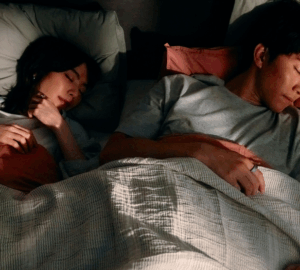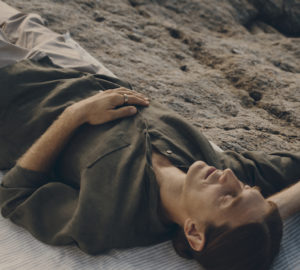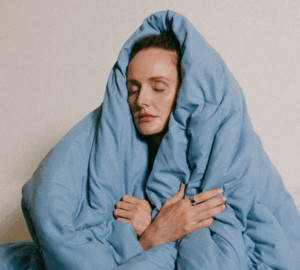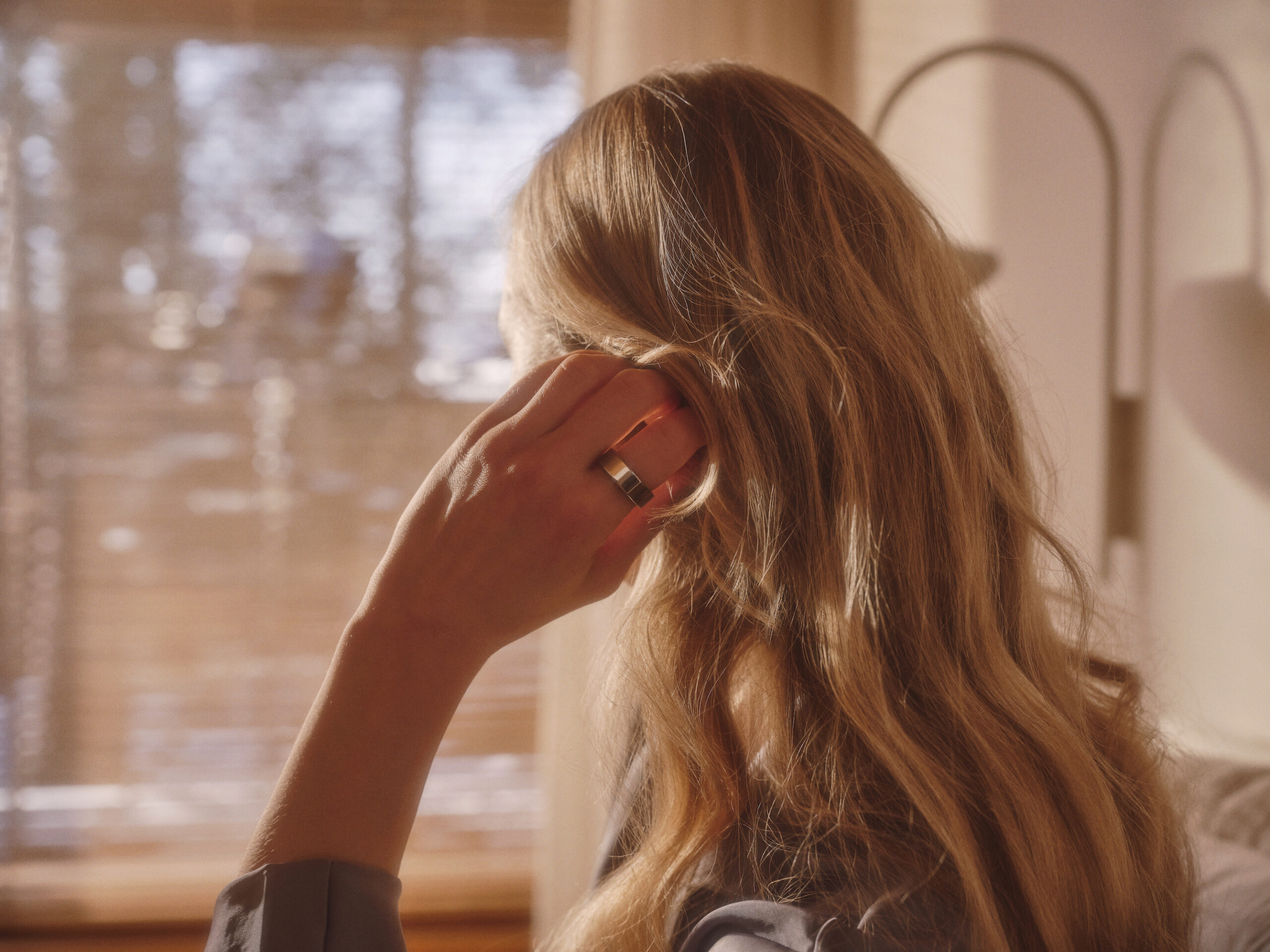- The majority of the population are “morning people,” with 60% of Oura members being classified as morning chronotypes.
- Morning people have their productive peak in the morning – so benefit from going to bed early and rising early to make the most of it.
- On Oura, morning chronotypes are categorized into those with an early morning, morning, and late morning chronotype. You can find out your chronotype after 90 days of using Oura.
As the name suggests, morning chronotypes are “morning people.” They’re more likely to feel alert and energized in the earlier part of their day.
Your chronotype relates to your diurnal preference, which is the expression of your internal biological clock — your circadian rhythm. In other words, your chronotype reflects your natural inclination for morning or evening activities. Understanding your chronotype can help you create daily routines that are aligned with your innate propensity for sleep, work, and more.
Not sure of your chronotype? Oura members receive their chronotype information, categorized into six different types: three morning and three evening types, after using Oura consistently for 90 days.
LEARN MORE: What Is Your Chronotype & Why Does It Matter?
Early Birds: Early Morning, Morning, and Late Morning Chronotype on Oura
If you have discovered that your Oura chronotype is early morning, morning, or late morning – you thrive in the mornings! Research has found that morning chronotypes tend to:
- Live healthier lifestyles – including lower rates of smoking and alcohol use.
- Perform more physical activity.
- Have healthier diets – specifically, better dietary control and consume fewer total calories.
- Do better in exams and have higher grades.
- Have lower rates of obesity.
- Tend to sleep better, with fewer sleep disorders.
- Have fewer mental health issues.
- Have higher marital satisfaction.
You may think this sounds like the “better” chronotype, and in some sense, it is. Being a morning chronotype can be advantageous in modern society due to the alignment with early school and work start times.
Morning chronotypes naturally feel more alert and productive during these early hours, allowing them to be at their peak performance when engaging in academic or professional activities. When their day wraps up, they’ve typically accumulated sufficient sleep pressure to feel tired in the evening and ready for bed.
Fortunately, it’s estimated that most of the adult population are morning chronotypes. We see this reflected in Oura member data – 60% are morning chronotypes.
LEARN MORE: Oura Data Shows How Members’ Chronotypes Vary By Age, Gender, and Country
Your Ideal Schedule as an Early Morning, Morning, or Late Morning Chronotype

Sleep
Aim to: Go to bed early (typically between 9 to 10pm), and wake up early (typically 5.30 to 7.30am). Oura members can find specific sleep and wake time recommendations in the Body Clock section on the Oura App.
Morning chronotypes have an earlier timing of the circadian rhythm. In fact, it’s two or three hours earlier than the evening chronotype, measured by body temperature and melatonin release. That means you get increasingly tired as the day goes on, often struggling to stay up late. You probably prefer an early bedtime and naturally wake up early.
Studies have found that morning types excrete more adrenaline, have a higher cortisol awakening response (CAR), and display a more pronounced capacity for auditory and visual stimuli in the morning. In short, the morning is your time to shine!
LEARN MORE: What Makes the Oura Ring Different?
Productivity
Aim to: Work on the tasks that require the most focus and concentration between 8am to 2pm. For the later half of the day, opt for lighter tasks that require less critical thinking and attention to detail.
Get up and get straight to work! A study found that morning people have higher cortical excitability, which refers to how “awake” and responsive the brain’s outer layer, the cortex, is to stimuli and tasks. When cortical excitability is higher, your brain is sharp and better at performing cognitive functions like thinking, learning, and problem-solving.
As such, morning chronotypes hit their peak mental performance in the early part of the day, with enhanced cognitive and executive function. By late afternoon, this motivation and energy may trail off.
It’s common for morning chronotypes to experience an afternoon energy slump, which causes a decline in performance.
READ MORE: Why Am I Tired in the Afternoon?
Exercise
Aim to: Do harder workouts in the morning (8am til noon) when your energy levels are at their peak. Use the afternoons for lighter-intensity workouts like walking.
Morning exercise is associated with better cognitive performance, mood, sleep quality, and exercise adherence. Luckily for morning chronotypes, your higher cortical excitability in the morning means it’s your optimal time to workout. Cortical excitability can enhance motor coordination, reaction times, and your motivation to push yourself in your workout.
Morning chronotypes perceive exercise to be harder in the evening. This may be due to the fact their VO2 max (an important marker of cardiorespiratory fitness) peaks earlier in the day.
This has been reflected in research: a trial found that swimmers with a morning chronotype swam faster in morning races, and another trial found that morning people perform worse during evening workouts.
Interestingly, a study looked at the chronotype of Olympic athletes, finding that 71.4% were classified as morning chronotypes.
Are you a morning person who enjoys late-night workouts? Log them using the Tags feature to see how a late workout affects your Sleep and Readiness Scores.
LEARN MORE: Defining Low, Medium, and High-Intensity Movement & Using Oura to Track It
Sample Schedule for Morning Chronotypes
Depending on whether you’re an early morning, morning, or late morning chronotype, these times may be shifted slightly, but here’s a good place to start:
6 – 7am: Wake-up
7 – 9am: Workout and prep for the day
9 – 2pm: Focus on deep work
2 – 6pm: Shift to some lighter tasks
6 – 10pm: Unwind for the day
10 – 11pm: Go to sleep
Make the Most of Your Morning Chronotype with Oura
Having a daily routine that is aligned with your chronotype can help you feel and perform at your best. Oura will notify you when it’s time to start winding down for bed, and provide bedtime guidance based on your chronotype. You’ll also find out if you went to sleep aligned with your body clock. These insights can help you discover your optimal sleep pattern.
With Oura, you can log certain habits like caffeine, a bright bedroom, meditation, and many more, so that you’re able to see how they affect your sleep and energy levels throughout the day. These effects will be evident in your Sleep and Readiness Scores.
Using these features on Oura can help you tap into the benefits of your morning chronotype and create a schedule that leaves you feeling your happiest and most productive self.
RELATED: It’s Back-to-School Season: 5 Tips to Help Your Family Sleep Better










